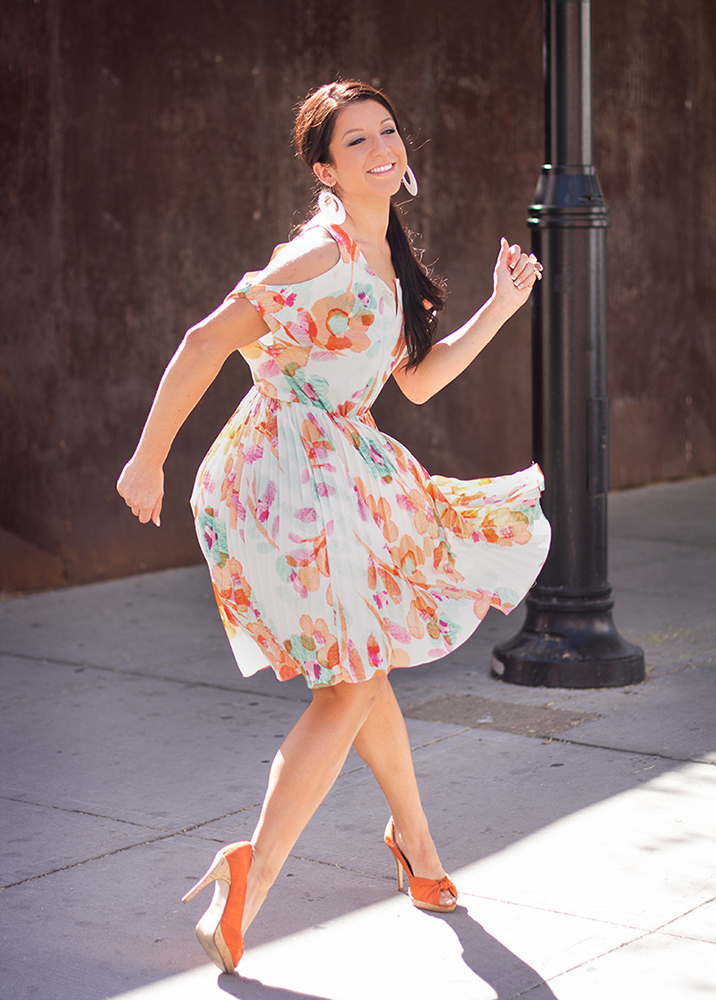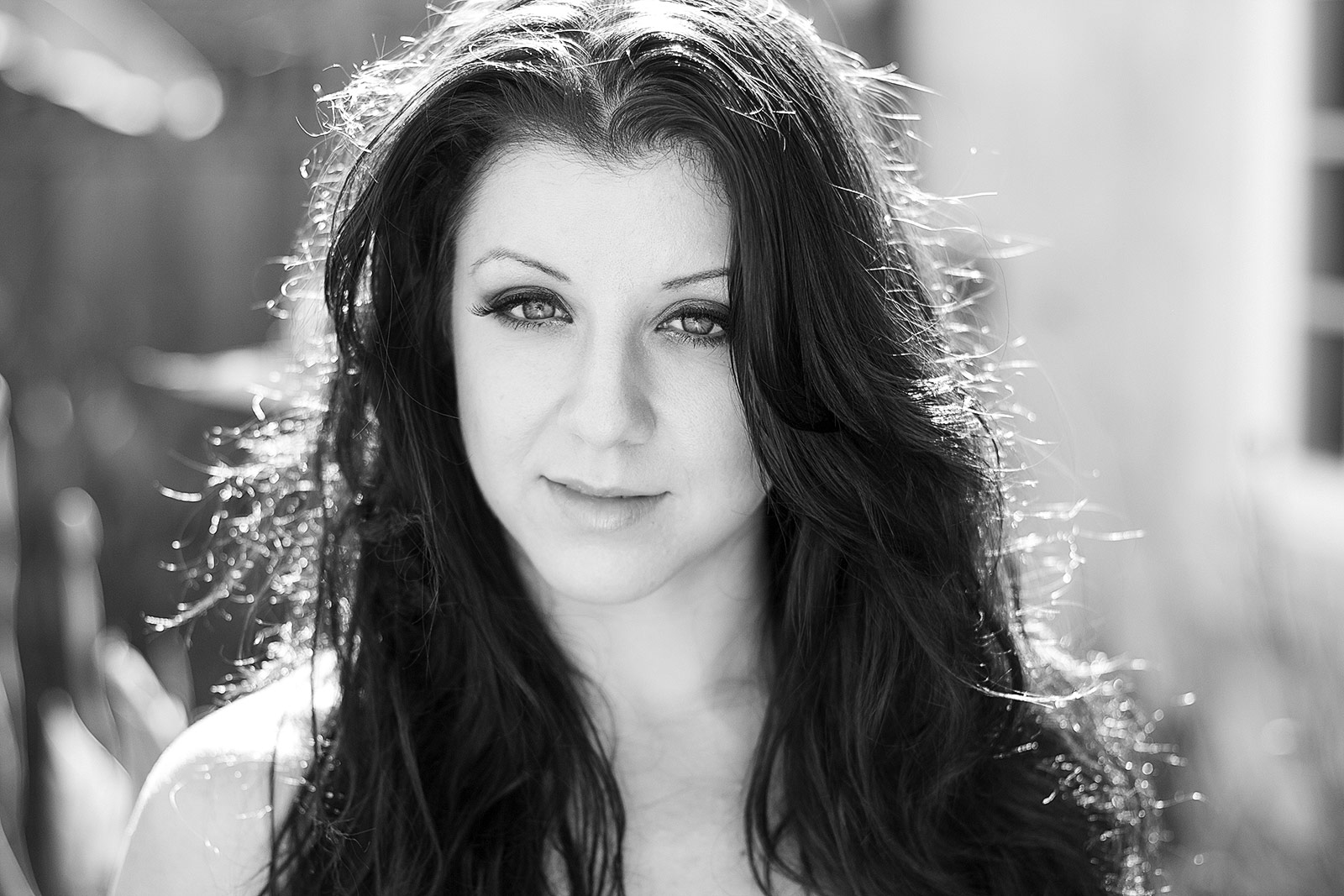25 DAILY IDEAS TO HELP RECOVER YOUR CREATIVITY (6-10)
MORE IDEAS ON BUSINESS, CREATIVITY, AND THE ART OF PHOTOGRAPHYWEEK ONE
IDEAS 1 - 5
WEEK TWO
IDEAS 6 - 10
WEEK THREE
IDEAS 11 - 15
WEEK FOUR
IDEAS 16 - 20
WEEK FIVE
IDEAS 21 - 25
SIX: RESTRICT YOURSELF TO ONE LENS – AN EXTREME ONE
I have fallen in love with my 50mm over the last decade. Before that I rarely took it out of the bag.
I was all about the extremes… in fact for my Hasselblad system I have a 50mm (very wide) and a 250mm (long tele).
Nothing in the middle. And of course I now want that 80mm Planar more than anything… heh.
Working with lenses we are comfortable with is one of the great joys of our craft. We know what it can do, and we can use that knowledge to advantage when working to get the shot.
We see the lenses we use through our mind’s eye.
Zoom lenses are awesome for allowing us to choose our focal length and so we ultimately get to stand in one spot and shoot wide or tele with just a twist of the wrist.
But what happens to our work when we are suddenly forced to use only one fixed lens? And it is one on the more extreme ends of the focal range.
Think 28mm or wider or 135mm or longer (these are focal lengths based upon the full frame 35mm format).
I did a 4 day roadtrip with only my 135mm f2 Canon on the 6D.
It only took about an hour before I thought… “What a stupid idea this was…”
I wanted my 35mm and my 50mm because I was still seeing those shots.
But by noon of the second day, I had locked that 135mm focal into my vision and was working to that parameter very well.
There were shots I could not get, but I found shots I may never have seen.
Try it. And let me know how it worked out for you?
(Below: from a day with only a 200mm lens. Depoe Bay, Oregon.)

SEVEN: A KNIFE, AN ORANGE, AND A SPOON.
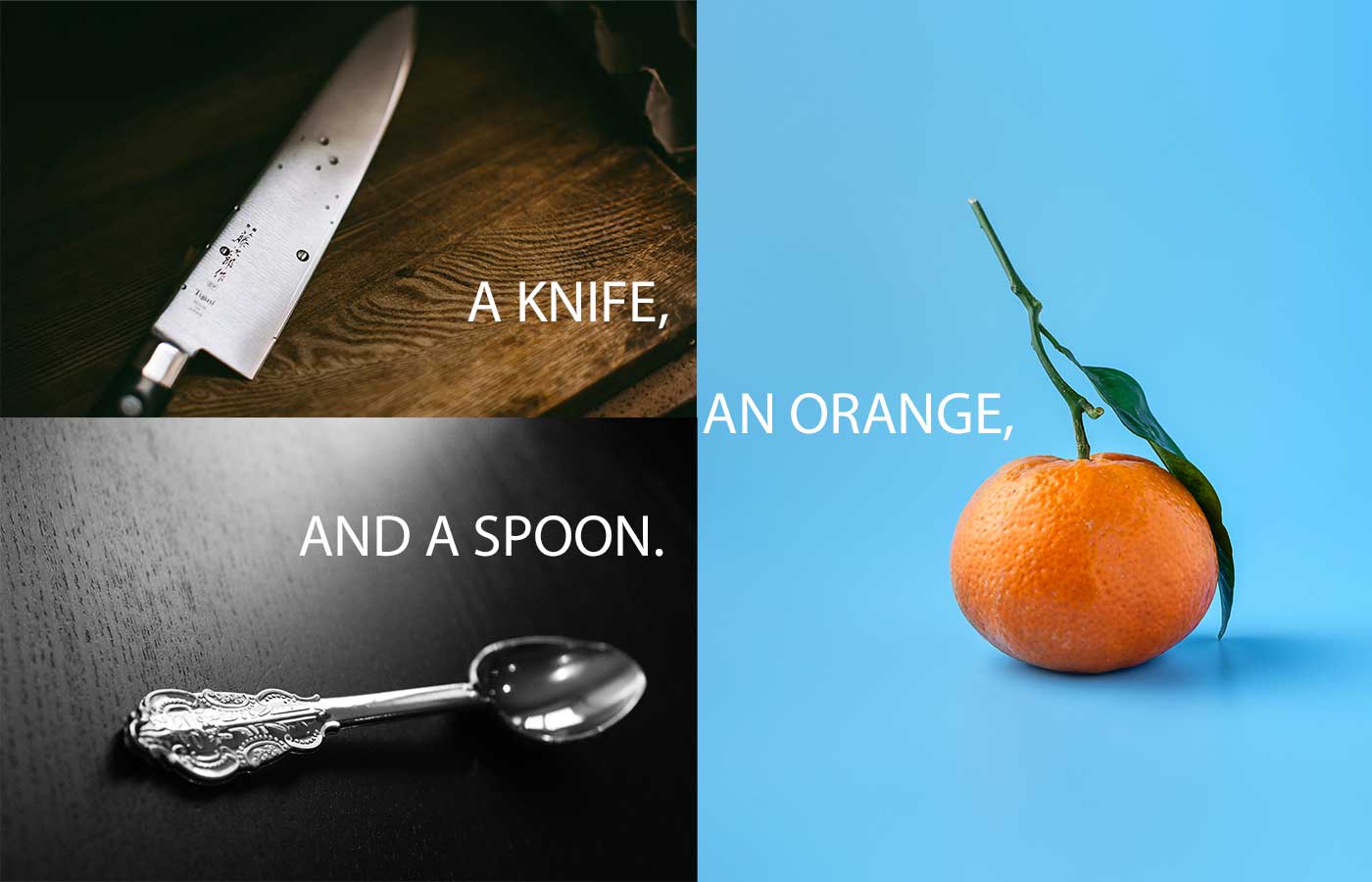
THIS ONE IS FROM DOUG ADAMS (SEATTLE)
Doug is a commercial photographer in the Pacific Northwest.
He learned the ropes of photography at the Navy School of Photography a long, long time ago (Sorry Doug… heh).
This is one of the assignments they got at school.
Still life shoot on a simple background or non-competing surface/background. You have three items to use in the shot… a knife, a spoon, and an orange.
NO OTHER items can be used.
You can light it any way you want, and it can be a landscape or portrait.
(NOTE: You can combine it with the One Hour Challenge for fun as well.)
But whatever you do, strive to make the most interesting image you can.
PRO TIP
Plan the shot.
Figure out your lighting in advance.
Gather props (you know the three I speak of).
Try different focal lengths.
Try shallow DoF and try focus stacking… and everything between.
Color is certainly part of the image description, but if you can make it rock in black and white, do it.
Just have fun with the setup and strive to so something you have not done before.
EIGHT: USE THE SHADOW LINE FOR BACKLIT PORTRAITS
Adding a bit of backlight to a portrait is easy when you use the natural world as your set.
The sun casts shadows, and those shadows have an edge where they stop and the sun begins to be visible again.
The shadow line.
Placing your model on the shadow line means the sun will be lighting them all the way down from head to feet, and with their back to the sun, the wall/background will be darker and he/she will pop off the dark background with a nice rimlight affect.
And it doesn’t matter whether you are using natural light or strobes, as long as you let the effect be seen in the image, you are golden.
Below you see the diagram for the foto of Bri below and on the left.
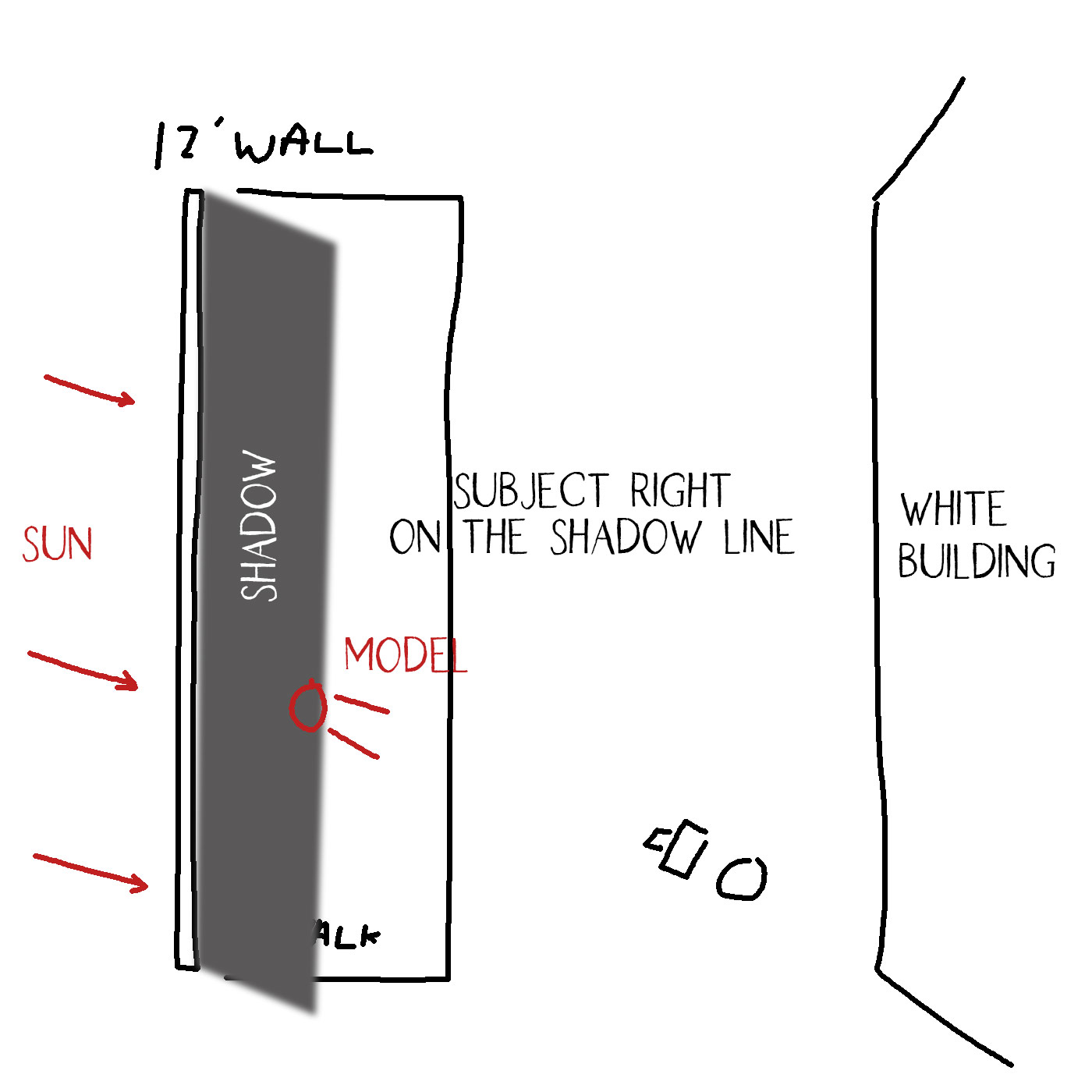
PRO TIP
Find locations where you will have a large light source behind the camera and a short (8-12′) wall in the direction you are shooting. That should allow enough shadow line to make this work in almost any time of day.
Natural light can be as modified as you want, and as beautiful as anything you can create.
This shot is done with Natural Light and was featured in my Natural Light 8 Week Workshop. Behind the camera is a large, white (actually light gray and white) building. The sun is coming from behind Bri, and she is standing directly on the shadow line giving me a solid backlight all the way down. The bounce from the two story building provides my main light and that was all I needed.
In this shot, Bri is on the shadow line and able to look into a darker part of the area behind me so she doesn’t squint. You can see the white card in her eyes as it is low and right in front of me. There is an additional white card to camera right but it is only adding a bit to her shoulder and opening up the hair. You could do this with a strobe anywhere, of course… but on the shadow line there is a dark background that doesn’t have to be shut out of the exposure.
NINE: TAKE A PHOTOGRAPH ON THE HOUR FOR EVERY HOUR OF DAYLIGHT
This is a great exercise for road trips or when you are at an all day event, or location.
Set your phone timer for one hour, and start the timer at the first hour of daylight that you get started.
Every time the timer goes off, you must stop and take a photograph. Right there, right then.
I do a lot of roadtrips and this keeps me up and moving instead of sitting in the car or on the bike.
(It is vital to move every hour or so, even if it is only for 5 minutes. Constant sitting in one position is a risk for DVT’s… and I know a thing or two about them. Nasty little bastards.)
Of course the object is to try to find a shot when you have relatively little input into the location – that was chosen by time rather than the visual impact. The challenge of finding an image when you are in a spot not of your choosing, or worse… somewhere you consider not very photogenic is really powerful since it begins to train the brain to SEE!!!
And you should only spend a couple of minutes looking for that shot… it’s there, BTW… there is always an image waiting to reveal itself to us.
Good luck.
(Image on the left taken while on a roadtrip through New Mexico. It was time for me to stop, so I did and ended up finding this deserted picnic table. The image on the right was taken on a motorcycle trip through southern Utah. Alarm went off just as I found this little pull off. Long, deserted roads up there, but I loved the shot I got of my ride.)
PRO TIP
Look for horizon lines, diminishing roads, interesting traffic, or metaphorical landscape.
This is an opportunity to do something you may not have thought about doing before, and if you keep at it you will be surprised at how many images are right in front of us all the time. We miss them because we are not open to them.
Light, shadow, reflection, macro, line, texture, color, space, composition… so many tools at our disposal.
Use them all.

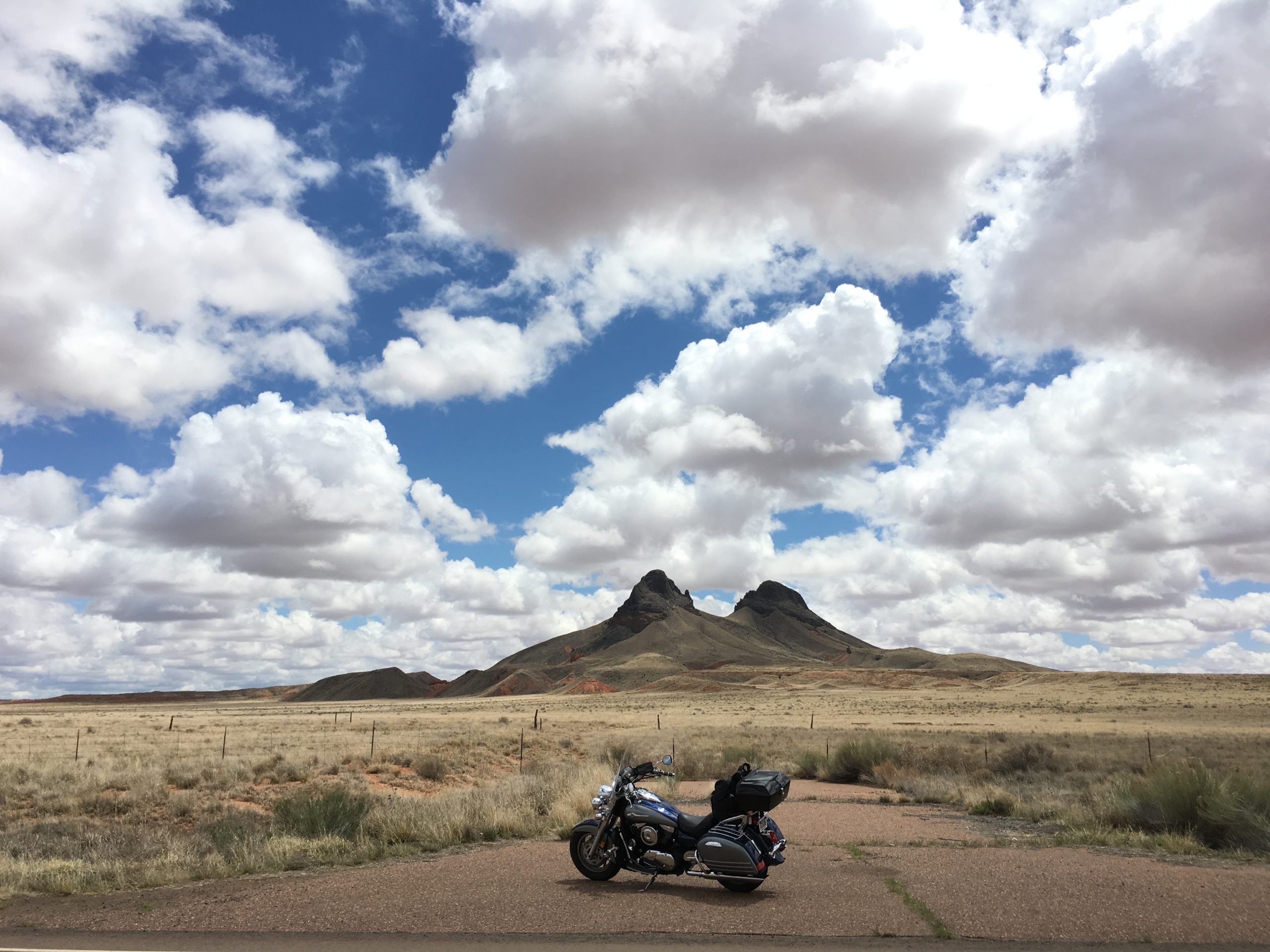
TEN: KNOW YOUR RECIPROCALS
One thing that has not changed in digital photography (yet) is the need for understanding the correlation between shutter speed and aperture.
Aperture is the size of the opening that lets light onto the sensor or film.
Shutter speed is the amount of time that aperture remains open.
These two work together to make exposure consistant and controllable.
Let’s look at aperture first.
The most common apertures are f2, f2.8, f4, f5.6, f8, f11, f16, f22.
If you have an f2.8 lens and set the aperture at f2.8, the opening is as large as it possibly can be. Since the opening is large, we will have to make the duration short.
If, on the other hand, you set your lens to f22, the aperture is very small so we will have to set the shutter speed to a longer time to gain the appropriate exposure.
Proper exposure is always the same amount of light.
If we let in more light, we have to cut the duration. If we constrict the light, we will have to increase the duration.
I think it is incumbent on every photographer to know their reciprocals so making changes in exposure is easy, and far more intuitive.
ISO 100
f2.8 | 1/3200
f4 | 1/1600
f5.6 | 1/800
f8 | 1/400
f11 | 1/200
f16 | 1/100
f22 | 1/50
Do you see that the shutter speeds are doubled or halved depending which way you go? The apertures are the same way.
f5.6 lets in twice as much light as f8 (so we cut the duration by one half)
f22 lets in half as much light as f11 (so we lengthen the duration by double)
Once you have this concept and one set of reciprocals memorized, you can make exposure changes quickly without having to do a lot of shots to find the exposure.
Changing the ISO changes the chart up or down depending.
So if you have an exposure of f5.6 @ 1/800 at ISO 100, changing the ISO to 200 (doubling the sensitivity) means you must either change the aperture to f8 (cutting the aperture in half) or change the shutter speed to 1/1600 (cutting the time in half) due to the one stop increase in sensitivity.
Reciprocals are one of those little things that can make your photography so much better.
PRO TIP
Understanding reciprocals can help shoots go smoother and take away the angst of trying to figure out the aperture. There are not that many numbers to learn and once you know the ISO 100 set, it is easy to extrapolate out to other ISO’s.
WEEK ONE
IDEAS 1 - 5
WEEK TWO
IDEAS 6 - 10
WEEK THREE
IDEAS 11 - 15
WEEK FOUR
IDEAS 16 - 20
WEEK FIVE
IDEAS 21 - 25

